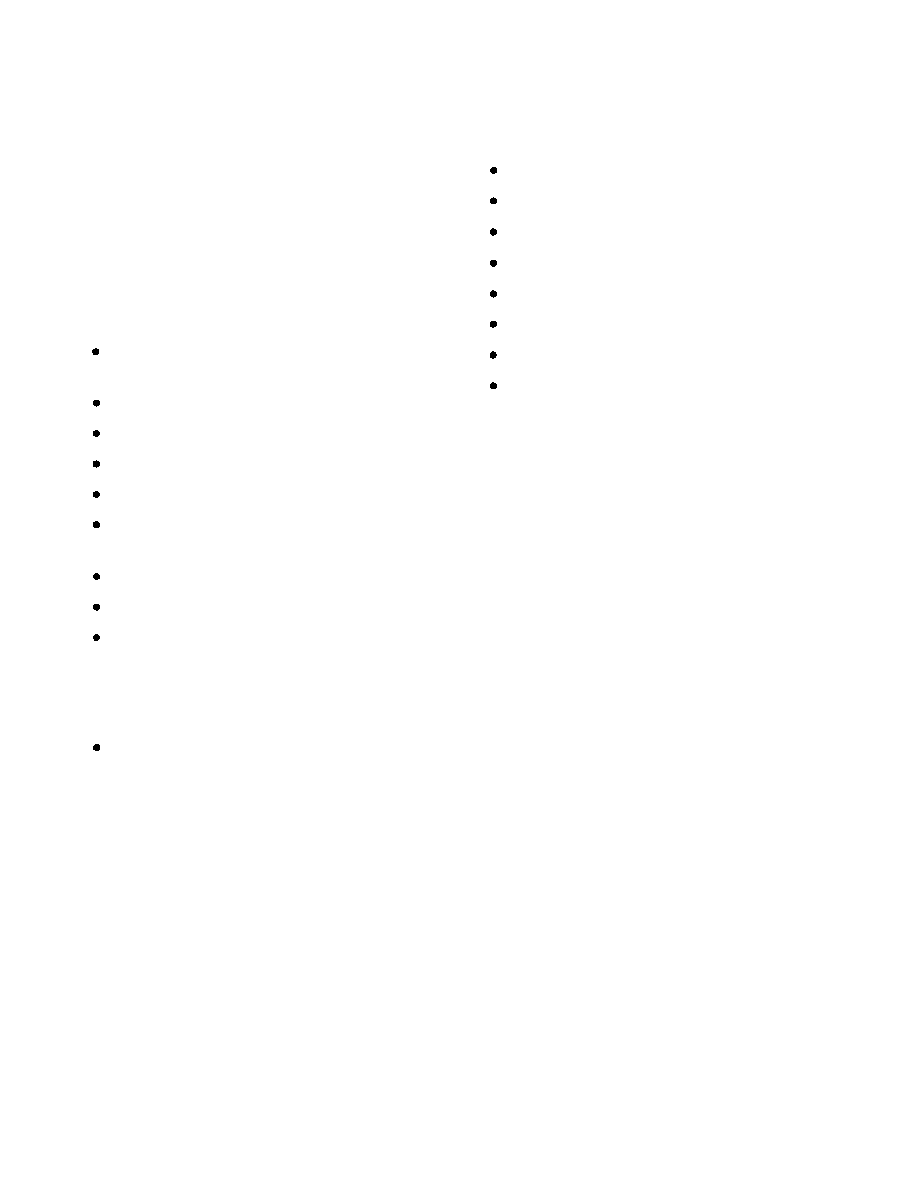
DOFMaster
for Windows
On-line
Depth of Field
Calculator
DOFMaster for Mobile Devices
On-line
Depth of Field
Table
Hyperfocal
Distance Chart
Articles
FAQ
Recommended
Books
Support
Contact
Links
Home
for Windows
On-line
Depth of Field
Calculator
DOFMaster for Mobile Devices
On-line
Depth of Field
Table
Hyperfocal
Distance Chart
Articles
FAQ
Recommended
Books
Support
Contact
Links
Home
As an Amazon Associate I earn from qualifying purchases.
![]()
investigator's report must contain a detailed write-up of
the damage, it is still true that one picture can often take
the place of many words (fig. 6-10). The investigator
should use photographs as another tool in complete and
accurate reporting. Each photograph included in the
report should purport to show a separate point or detail
relative to the accident.
to get the pictures that are contained only in the
investigator's mind. Normally, you must ask the
investigator exactly what is to be photographed.
the grain of the metal at the failure point or other detailed
information, such as the direction of shear of the rivets.
the cause of the accident should be photographed in
detail.
the field but they should be removed from the scene and
photographed in the studio under controlled conditions.
This ensures that the photographs of the items in
question are clear and well defined. It is a good practice
to photograph the failed part and an undamaged like
apparent.
explanation is confusing and worthless.
you must identify all photographs with the following
information:
than is possible with words alone. By using the
of items to show size, shape, location, and condition. In
the Navy, product, or illustrative, photography is used
to show new equipment-from ships to pencil sharpeners
Basic Photography Course

As an Amazon Associate I earn from qualifying purchases.
WWW.DOFMASTER.COM
© 2006 Don Fleming. All rights reserved.
© 2006 Don Fleming. All rights reserved.